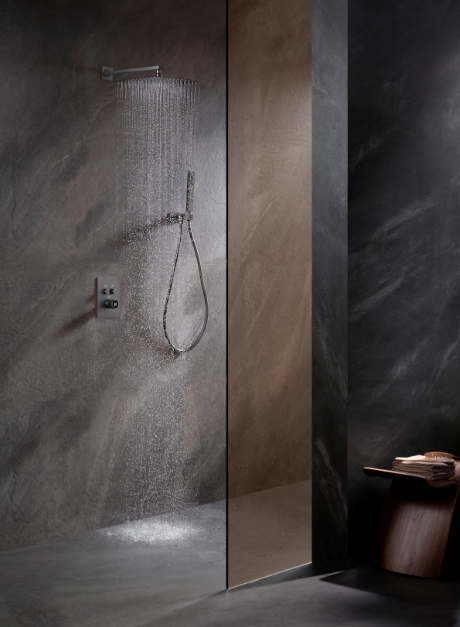Adapting to Change: The Evolution of Bathroom Renovations and Redesign in the Wake of COVID-19
In the wake of the COVID-19 pandemic, the bathroom industry has experienced significant shifts in consumer preferences and renovation trends. As individuals spend more time at home, the importance of creating comfortable and functional living spaces has become increasingly pronounced. This has catalyzed a surge in bathroom renovations and redesign projects, with a particular focus on bath sink taps, wash basin mixer taps, and basin and tap configurations. With an emphasis on hygiene, comfort, and functionality, these trends are reshaping the landscape of bathroom design and renovation.
The COVID-19 pandemic has underscored the critical role of hygiene in personal health and well-being, leading to a heightened emphasis on cleanliness and sanitation in the home environment. As a result, consumers are seeking out bathroom fixtures and designs that prioritize hygiene and ease of cleaning. bath sink taps, in particular, have seen a shift towards touchless and sensor-activated models, allowing for hands-free operation and reducing the risk of germ transmission. These touchless options not only promote a hygienic bathroom environment but also offer a touch of modernity and convenience, aligning with the evolving needs of homeowners.

Similarly, wash basin mixer taps have undergone a transformation in response to the pandemic. With a focus on minimizing contact points and facilitating easy cleaning, manufacturers and designers have introduced sleek and minimalist wash basin mixer tap designs. These taps often feature integrated, streamlined forms that are both aesthetically pleasing and easy to sanitize, addressing the increased emphasis on cleanliness and maintaining a germ-free environment in the bathroom. By incorporating these hygienic and easy-to-clean solutions, wash basin mixer taps have evolved to meet the evolving needs of consumers in a post-COVID-19 world.
Furthermore, the configuration and design of basins and taps have also adapted to the changing demands of consumers. Basin and tap combinations are being reimagined to optimize functionality and hygiene, with a focus on reducing areas where water and contaminants may accumulate. This has led to the emergence of integrated basin and tap systems that feature seamless and hygienic designs, effectively minimizing potential areas for the collection of dirt or germs. By integrating these updated configurations, homeowners can achieve both a contemporary aesthetic and a more hygienic bathroom environment.
Moreover, the pandemic has spurred an increased interest in sustainability and water efficiency, influencing the choice of fixtures and designs in bathroom renovations. Consumers are seeking out bath sink taps, wash basin mixer taps, and basin and tap configurations that promote water conservation without compromising performance. As a result, there is a growing demand for eco-friendly and water-efficient fixtures that contribute to responsible resource management. This has led to the development of innovative solutions such as aerated faucets and low-flow wash basin mixer taps, offering homeowners the opportunity to incorporate sustainable elements into their bathroom redesign projects.
In conclusion, the impact of COVID-19 on the bathroom industry has fueled a transformation in renovation and redesign trends, with a pronounced focus on hygiene, comfort, and sustainability. Bath sink taps, wash basin mixer taps, and basin and tap configurations are evolving to meet the heightened demands for cleanliness, functionality, and water efficiency. As consumers strive to create safe, comfortable, and environmentally conscious living spaces, these trends are shaping the future of bathroom design, offering innovative solutions that cater to the evolving needs of homeowners in a post-pandemic world.
